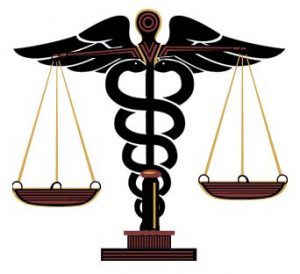
We originally started as a group of lawyers and physicians devoting efforts to document the atrocities taking place in crises with an emphasis on ex-detainees and torture survivors. Through targeted trainings and mentoring by international experts, we were able to deepen and diversify our own expertise in medical-legal documentation of torture and SGBV. Multiple phases of this project produced committees, attracted new members, and we have developed a more organized way of collaborating to obtain justice and fulfill the mission of preserving human rights for all.
LDHR is growing fast and expanding its activities, while continuing to build and share knowledge and expertise.
Lawyers & Doctors: Working Together


Why Istanbul Protocol
The Istanbul Protocol (Manual on Effective Investigation and Documentation of Torture and Other Cruel, Inhuman or Degrading Treatment or Punishment) is the United Nations standard for assessing persons who allege torture and ill treatment, for investigating cases of alleged torture, and for reporting such findings to the judiciary and any other investigative body. UN Office of the High Commissioner for Human Rights (OHCHR)
It is a comprehensive protocol to be used as guidance and reference in interacting with survivors of any kind of torture and ill-treatment by:
-
a) Clarification of the facts, establishment and acknowledgement of individual and States’ responsibility to victims and their families
(b) Identification of measures needed to prevent recurrence
(c) Facilitation of prosecution or, as appropriate, disciplinary sanctions for those indicated by the investigation as being responsible, and demonstration of the need for full reparation and redress, including fair and adequate financial compensation and provision of the means for medical care and rehabilitation.
According to these international standards, the procedure is completed as following:
-
Determination of the appropriate expert documenter
-
Interviewing the alleged victim
-
Obtaining informed consent for the overall process and each individual step
-
Recording the story and allegations
-
Conducting full physical evaluation with psychological assessment
-
Recording the findings and photographing the visible ones
-
Reviewing the related medical and legal documents
-
Referring to diagnostic tests as necessary
-
Making a treatment and referrals plan
-
Reaching the final and overall conclusion
This methodology applies international standards and procedures to documentation in order to serve as valid evidence in court. Each Medical Expert Evaluation includes a clinical interview, a physical examination and a psychological assessment. The Expert records all physical and psychological findings from the evaluation. Physical injuries are photographed. Diagnostic tests or consultations may be requested if it would assist the medical expert in creating a more solid case based on medical findings. The Expert then gives his/her expert opinion as to the degree of consistency between the narrated events and the medical findings.


